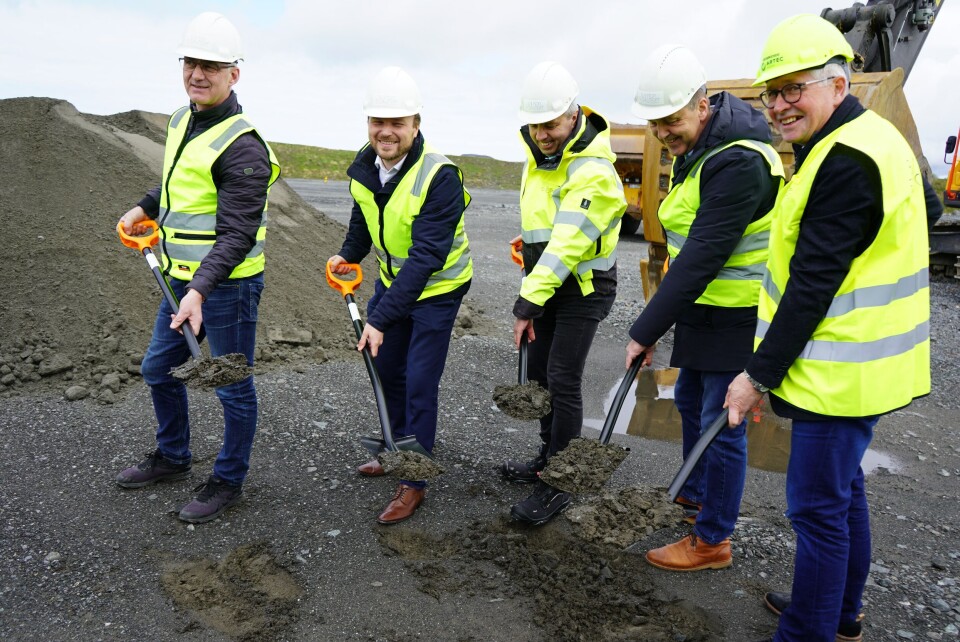
Work starts on 36,000-tonne salmon farm
Construction work has begun on what will become one of Europe’s largest on-land salmon farms at a former quarry at Indre Harøy, north of Ålesund in Norway.
The first construction stage of the Salmon Evolution project will provide the capacity to produce 9,000 tonnes of fish per annum, rising to 36,000 tonnes when the whole project is completed. The first smolts are expected to be in place in the fourth quarter of 2021, with harvesting starting a year later.
“Starting construction is an important milestone for us, and a clear signal that land-based aquaculture will be an important supplement to conventional fish farms,” said acting chief executive Håkon A Berg in a press release.
Flowthrough with re-use
Unlike many other on-land salmon farming projects, Salmon Evolution’s facility is not a recirculating aquaculture system (RAS).
“We’ll be utilising clean and fresh seawater to provide optimal conditions for growth and good fish health, ” said Berg. “And we believe that utilising flowthrough technology with re-use will give us a lower risk profile than many other projects.”
Salmon Evolution raised a total of NOK 258 million in March and now has a shareholder composition comprising strong industrial players.
These include Roger Halsebakk, the founder of the world’s largest wellboat company, Sølvtrans.
Halsebakk’s investment company Ronja Capital bought a 19.6% stake in the company in the March fundraising round, making him Salmon Evolution’s largest shareholder.























































